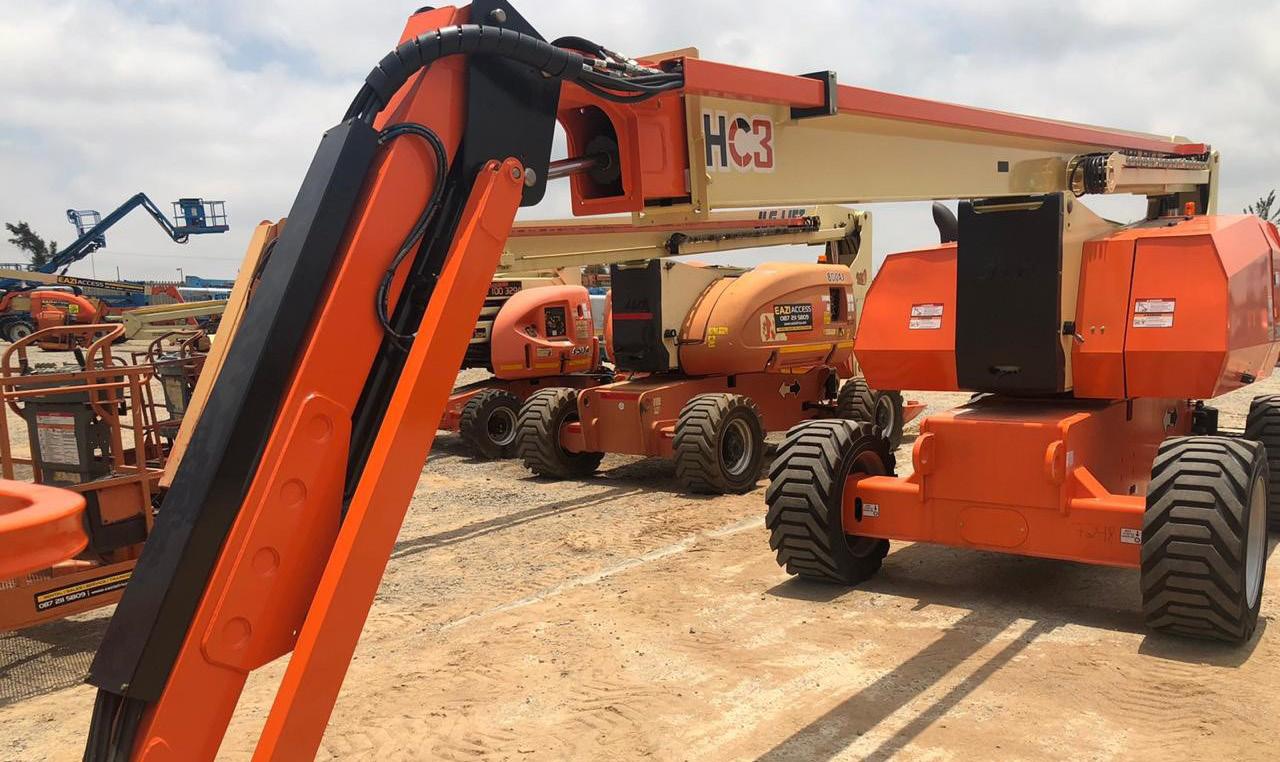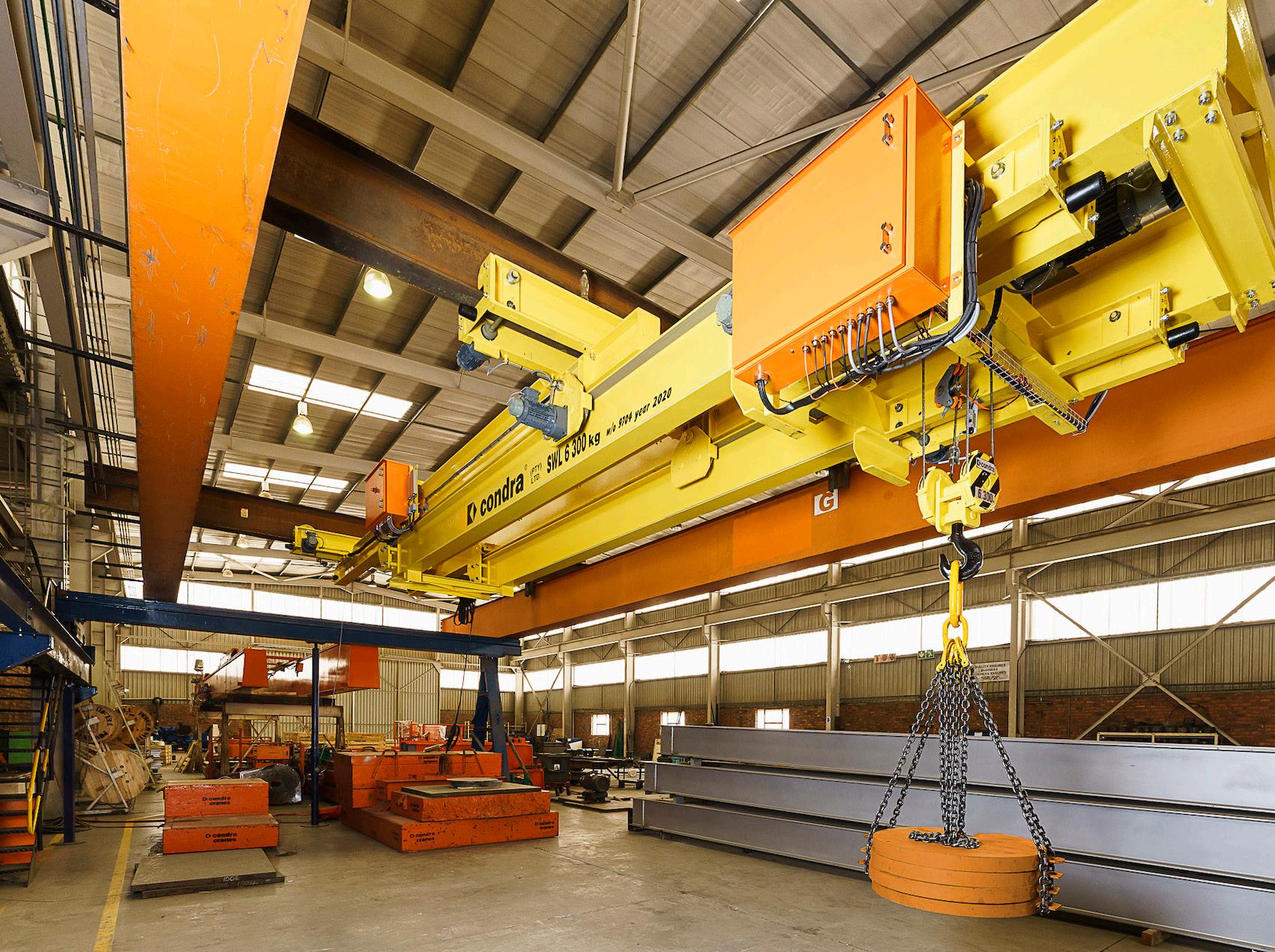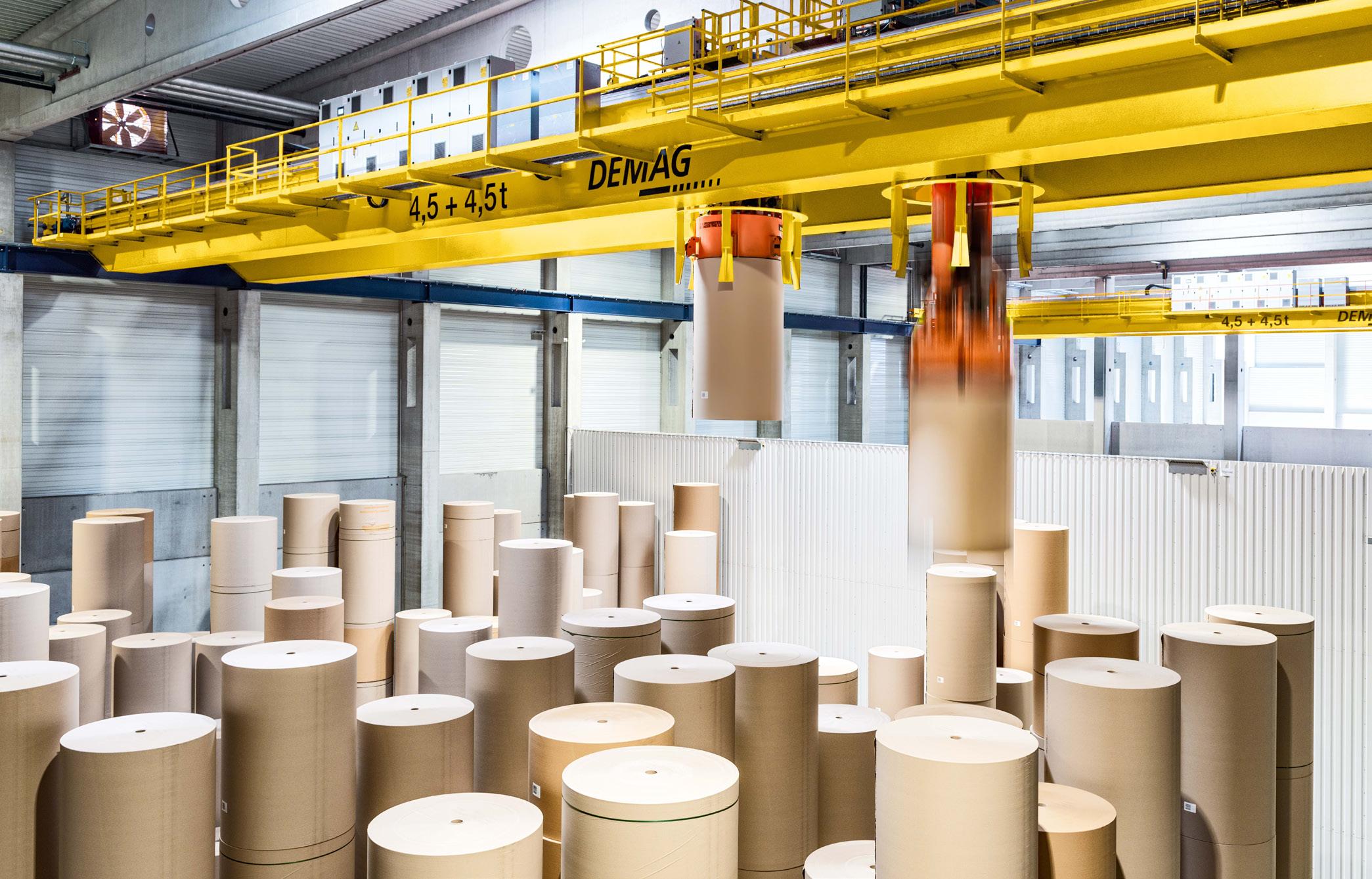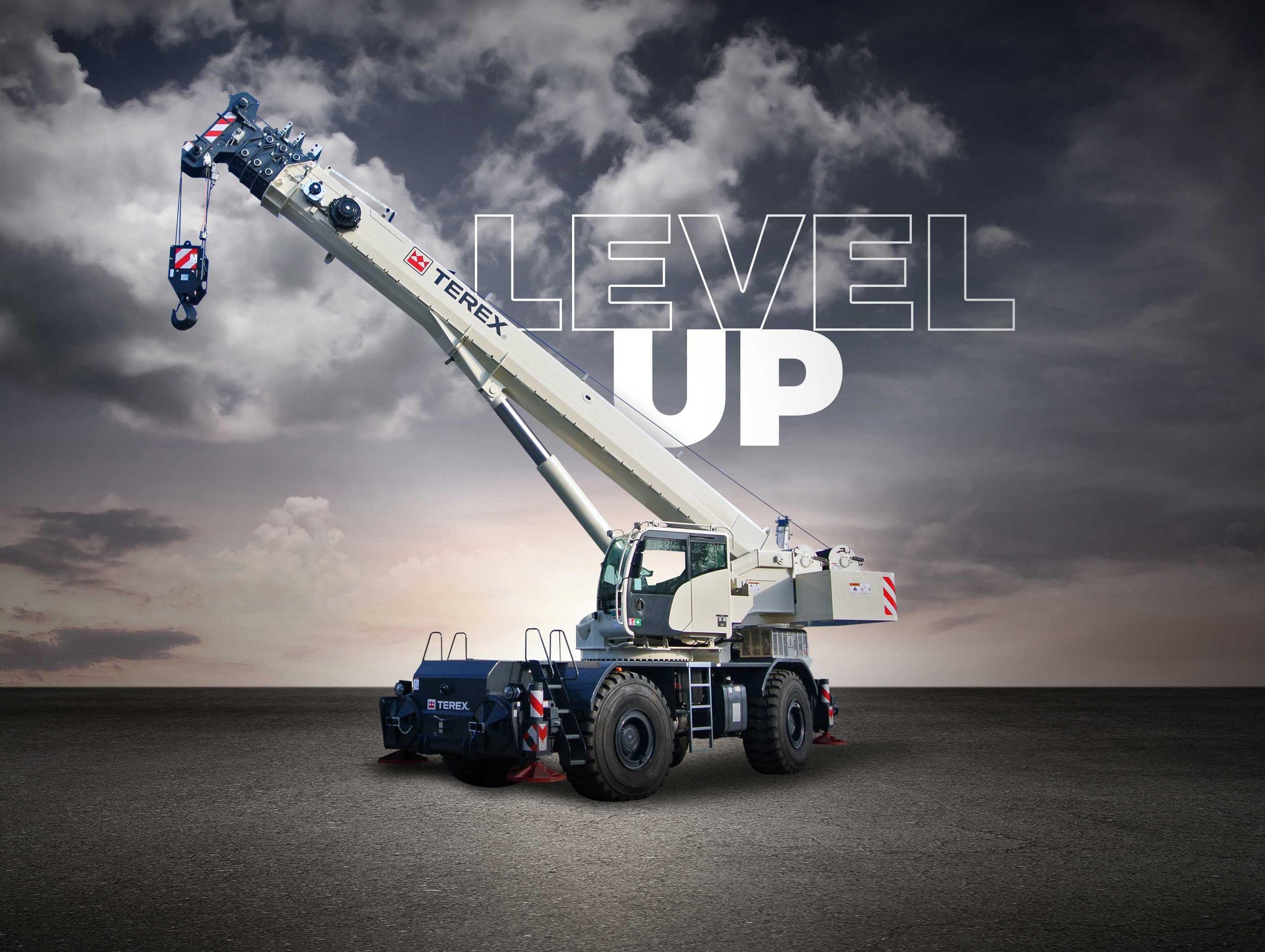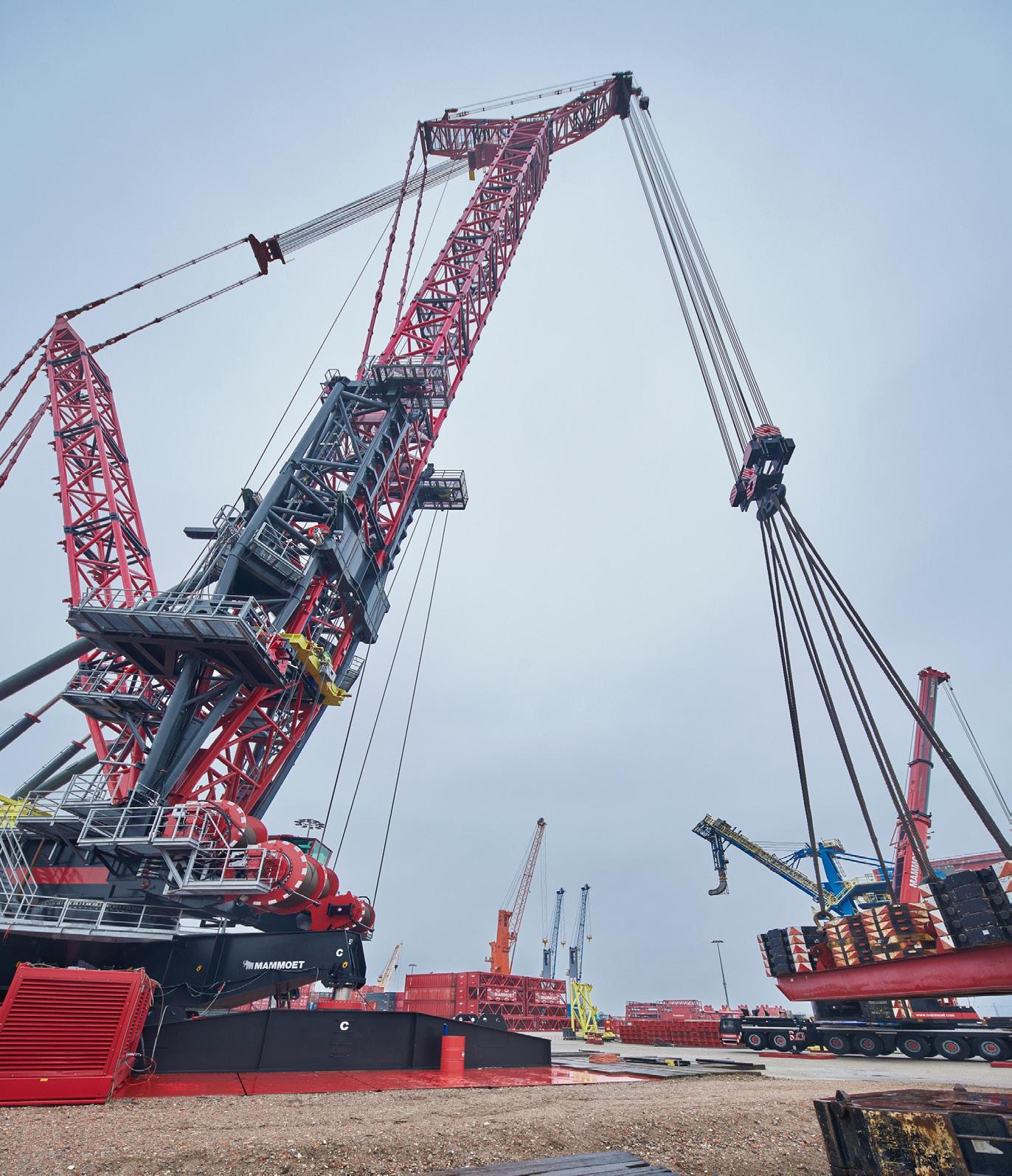
3 minute read
The disposal of rigging gear
How do you dispose of rigging gear removed from service? Many operating conditions can affect the life of rigging equipment.
Bending, stresses, loading conditions, speed of load application (shock load), abrasion, corrosion, sling design, materials handled, environmental conditions (heat or chemical exposure), lubrication, and history of usage will all factor into how long lifting equipment can stay in service. When it comes to the disposal of rigging gear, wire ropes, slings, or any other type of lifting gear the best practice is to render the items in question as unsalvageable, or in such a condition as to make further use impossible. With no clear industry-wide rules on retiring or destroying damaged or failed rigging hardware and slings, permanent disposal is typically left up to the owner or end-user. This can become problematic, as a damaged or failed piece of rigging equipment needs to be removed from service, quarantined, and be rendered useless so that it will never be used to perform a lift again. However, manufacturers of slings and rigging hard-wear provide warnings and instructions on when to remove worn-out or damaged rigging equipment from service to protect the end-users of equipment failure.

Even when warnings and instructions are not followed by the users, manufacturers have sometimes been blamed for resulting injures and damages. Can this happen to the Lifting Machinery Inspector or Competent Person that has no procedure in place to dispose of worn-out or damaged rigging equipment? If it is determined that the lifting equipment will be removed from service, it is suggested that it is cut down into more manageable sizes before discarding. However, it is recommended that consultation is undertaken with the user before any action is taken before and the consequences of not following the inspector’s recommendations.
If the gear cannot immediately be destroyed, some companies simply have a scrap bin for disposal of such items.
But even then, you run the risk of the hardware or hook being returned to active use if it is easily retrievable.
We suggest that a secure scrap bin or locker room be secured to ensure unauthorized personnel do not return the rigging gear to service or take it for personal use.
Then when the bin is full or when it is warranted, the gear is taken out of the bin and destroyed.
Keep the following in mind when disposing of rigging gear
• Use proper PPE when disposing of lifting equipment. • Cut into small pieces. • Cut, or destroy, the eyes of the slings to prevent any further use of the sling. • Remove, or separate, any tags and labels from the lifting equipment. • Place scrap into your facility’s recycling bins was applicable. In the interest of safety, some entity’s including Cranemec Group S.A has a policy of supervising the discarding of the failed lifting gear, this is after approval from the owner/user.

If you are looking for help with inspection, testing, or tagging of any of your lifting gear, or need guidance on how to develop your in-house compliance program, contact us today.
Cranemec,
+27 (0) 16 366 1393, info@cranemec.co.za, www.cranemec.co.za
YEARS
1981-2021
ANNIVERSARY
Management system certified in accordance with the requirements of ISO 9001 - ISO 14001 - OHSAS 18001

WAKE UP! GET BACK TO REALITY
Dreams are not reel, it can be real.



